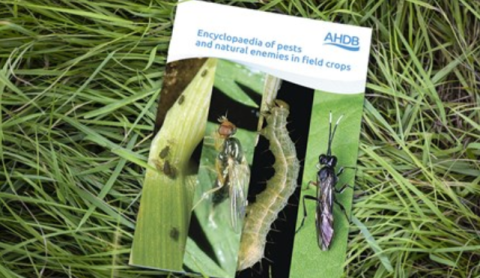Our encyclopaedia details the major and minor pests and natural enemies commonly associated with cropping rotations. Use it help prevent, detect and control pest populations in field crops, as part of an integrated pest management (IPM) strategy.
The landmark publication is the result of collaboration between AHDB’s crop sectors – cereals and oilseeds, horticulture and potatoes – respected crop entomologists and a host of other leading organisations, including BBRO and PGRO.
The heavily illustrated publication covers hundreds of crop pests (including beetles, bugs, aphids, flies, moths, butterflies and nematodes) known to affect one or more of the following crops – alliums, carrots, cereals, field beans, lettuce, oilseed rape, peas, potatoes, sugar beet and vegetable brassicas.
For each pest, the latest information on the importance of the pest to cropping is presented as well as information on identification, risk factors, life cycle, monitoring, control thresholds, non-chemical control and insecticide-resistance status (where known).
Download the encyclopaedia below



